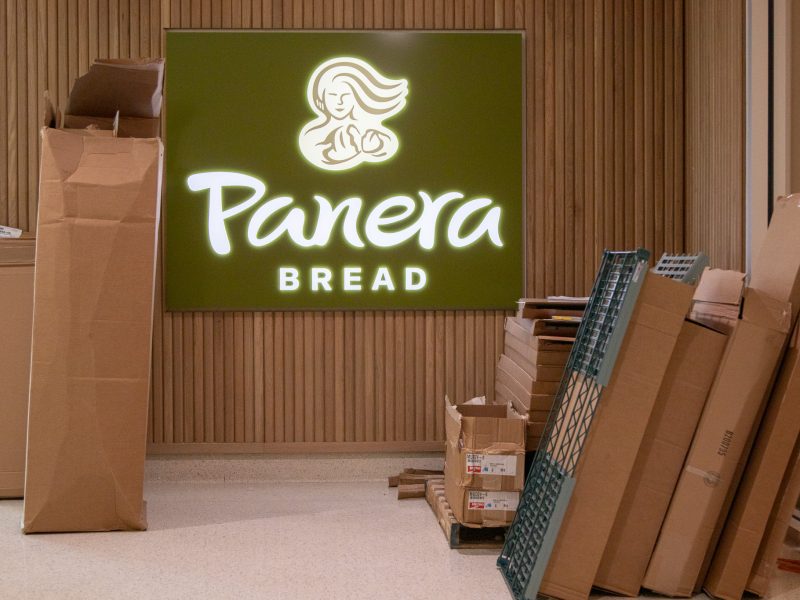By Jillian Atelsek and Brooks DuBose
Senior staff writers
In an email sent to new and returning residents last week, the University of Maryland Department of Resident Life announced some students may be required to live in converted dorm lounges during the upcoming fall semester due to a high volume of residents.
“Our goal is to only use lounges as absolutely necessary,” said Tracy Kiras, a Resident Life spokesperson.
The converted spaces would accommodate four residents “for the most part,” but those totals could reach up to six or eight depending on demand, she added.
Kiras could not confirm the total number of new or returning students possibly affected by these changes, but said students may cancel their housing policy on or before July 1 without penalty.
[Read more: Even after apartment developments, most UMD underclassmen still live on campus]
In addition to using some lounges as dorm rooms, Resident Life will add an extra resident to some double and triple rooms, the email said. The email also mentioned Resident Life may prioritize the existing policy of giving preference to full-time students over part-time students.
“It will be like they are living in a real dorm room,” Kiras said, adding the situation is “not ideal.”
Converted lounges will have the same amenities that a standard dorm room would have, including dorm furniture, cable and WiFi, Kiras said, and privacy will be maintained by covering windows and adding door locks. Students who live in converted lounges will be charged $6,311, the same amount charged to students in flex triples and quads with air conditioning and 15 percent less than a standard double room with air conditioning, she said.
[Read more: UMD barred a student from returning to her on-campus apartment after a hospital stay]
Taylor Dwigun, a rising junior criminology and criminal justice major, lived in a lounge on the third floor of Elkton Hall during the first semester of her freshman year — an experience she said she would “definitely not” want to repeat “ever again.”
“It never really felt like home,” she said. “I never even decorated or anything — I just had a bed there. And I would just hang out in my friends’ rooms all the time, because it did not feel right. It was an awkward space.”
Three lounges were converted in the fall 2014 semester and one was converted in fall 2016 — the last time this strategy was used, Kiras said. About 20 total students were assigned to lounges in those semesters and all were reassigned to standard dorms by the end of the semester, she said.
Dwigun said her room was split in two — couches, tables, small counters and a microwave on one side, and four beds, dressers and desks for her and her three roommates on the other. The doors were fitted with traditional bedroom locks, and the small windows into the hallway were covered with cardboard, she said.
She had to climb over her roommates’ furniture to reach the makeshift closet spaces in the back of the room, she added, and the lounge’s busy location — right next to the elevators — made it extremely difficult to sleep.
Despite the challenges, Dwigun said there was one positive aspect of the experience: Living in a communal space allowed her to become close friends with her floormates, she said, who were constantly coming in and out to utilize the room or ask to use the microwave.
Incoming freshman biology major Lauren Taylor said she’s still awaiting her housing assignment for the fall, which will be sent out July 18.
Taylor said that while living in a lounge or modified dorm room wouldn’t be ideal, she understands the need to accommodate the surge of incoming freshmen.
“Having less space than what’s already there is kind of concerning, just because everyone’s got a lot of stuff,” Taylor said. “But if it’s the only option, then I’d rather do that than commute.”
“Realistically speaking, it could be a big deal or it could be something no one even notices,” said James Radko, an incoming freshman enrolled in letters and sciences. “It’s on the university to convert the lounges into rooms, and depending on how well they ‘convert’ the rooms, I doubt students will notice or care.”
But, Radko added, “if they were to simply stick bunk beds in a lounge and put up some temporary walls, that’s a different story.”
Staff writer Audrey Decker contributed to this article.



